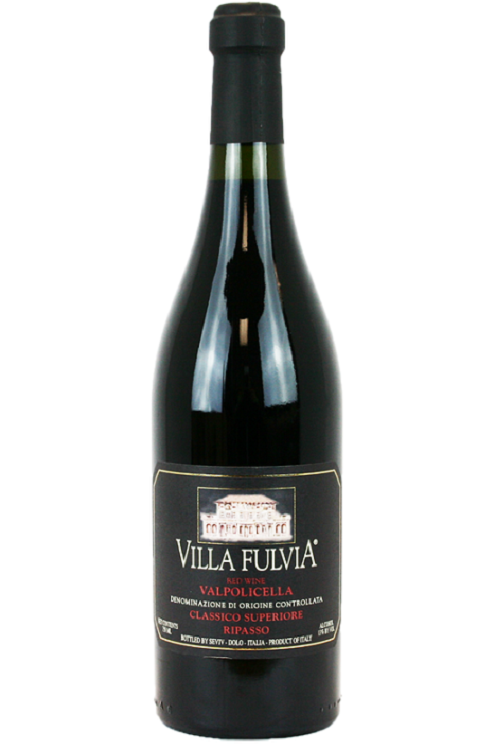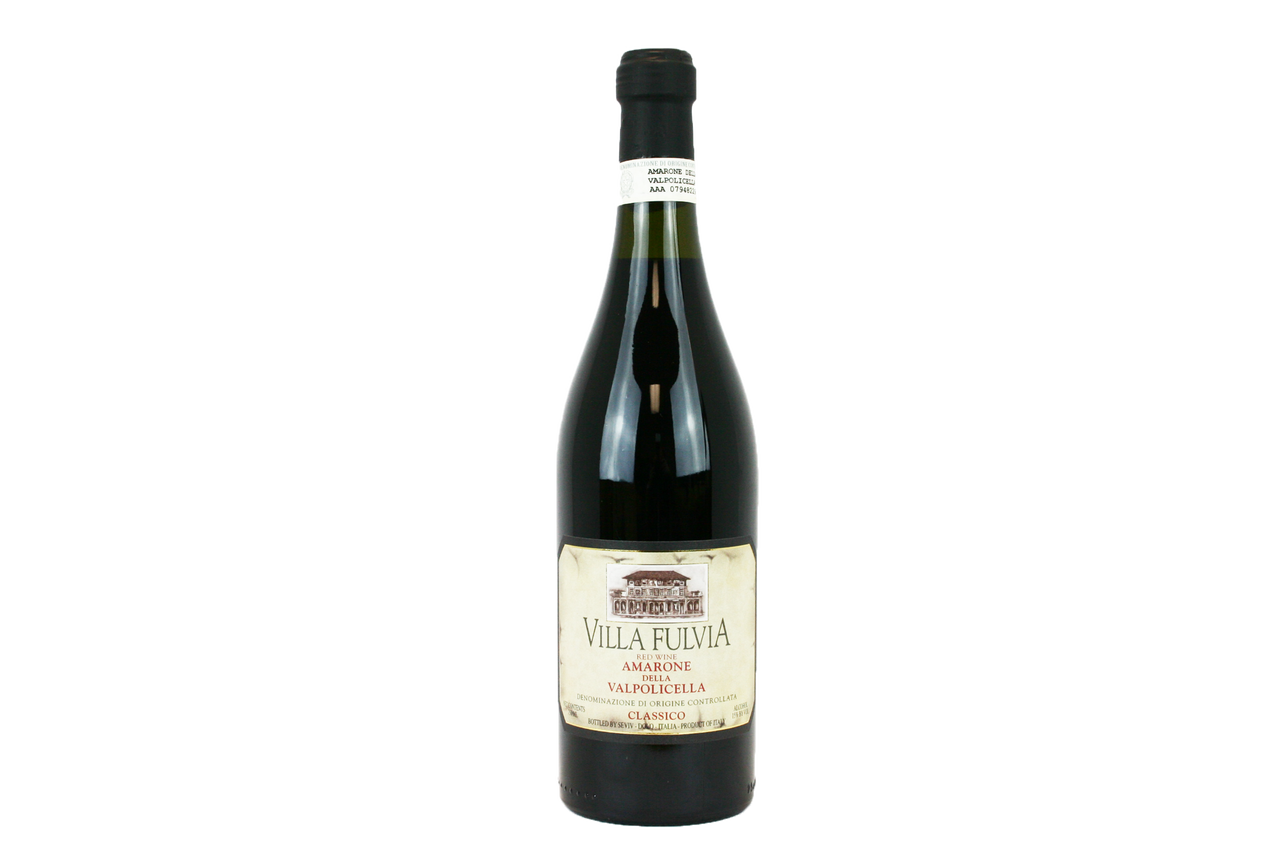Valpolicella, an Italian Icon!
Valpolicella is a region in Veneto, Italy. Wine has been made there since the time of the ancient Greeks. The wines made in the historical center are called Valpolicella Classico. The wines of Valpolicella are interesting and different and are made in a few styles. The grape varieties for Valpolicella are usually Corvina, Molinara and Rondinella along with many other varieties, such as Covinone, Negrara and Oseleta for reds .
The base wine of the region is straightforward; a regular production of red wine usually intended for relatively early consumption and priced reasonably. However, there are further styles, perhaps of more interest in the US market. The next level up from Valpolicella is Valpolicella Superiore. Valpolicella Superiore must attain at least 12% of alcohol and be aged a minimum of one year. There are similar classifications in other regions too.
Perhaps the most prized wine of Valpolicella is Valpolicella Amarone. Amarone comes from the word “amaro” and means “big bitter.” Grapes intended for Amarone are usually grown in the best sites, those that get the most warmth. Traditionally, the grapes are harvested and left to dry on reed mats in lofts, open sufficiently to allow circulation of the air. This process of desiccation is called appassimento and a wine made from these grapes is called “passito.” There are higher tech approaches to appassimento today but the intention and end result is the same. Over a period of 3 to 4 months, sometimes longer, the grapes dry and lose around 30%+ of their original weight. The sugars are concentrated by this process leaving grapes with high potential alcohols, typically over 15%. The wine made from these grapes is fermented dry. To ferment such sugar rich grapes to dryness requires well-adapted yeasts! The resulting wine is rich, bold, somewhat port-like in character and full bodied. It is usually paired with winter stews such as Italian wild boar (cinghiale) and cheese. In 2009 Amarone achieved the highest level of Italian wine appellations, that of DOCG. Amarone is aged for some time before release and the best are wines that benefit from some years of bottle age. Of course, some Amarone wines are better than others! When working with high sugars and dried grapes, extra vigilance is required to ensure that the resulting wines do not have excessive levels of VA (volatile acidity.) The good producers will avoid this!
Another Valpolicella made from dried grapes is Recioto della Valpolicella. Recioto predates Amarone. Recioto, which means ears, refers to the outer wings of the bunches where the grapes are most exposed to the sun and are therefore the sweetest. Traditionally, these recioto were picked, went through the process of appassimento and were made into luscious, sweet, desert wines. Today, the whole bunch is used. Recioto is often very expensive as a greater degree of drying is required to get the best, most unctuous sweet wines. Recioto is best served with desserts and ripened cheeses. It seems possible that the first Amarone wines were Recioto wines that were inadvertently fermented to dryness. The result was so interesting from both a quality and taste perspective that the style was reproduced, became popular and ultimately its production methods were written into wine law.
A further style was developed. Previously I said that historically, regular Valpolicella and even Valpolicella Superiore are good wines, not necessarily aspiring to greatness. (I hope this statement does not earn the wrath of dedicated producers!) The idea of Valpolicella Ripasso was born. Regular Valpolicella or Valpolicella Superiore was poured onto the skins of the previously dried grapes after the production of Amarone or Recioto. These skins still have a hint of the original sugars and other characteristics imparted to the grapes from appassimento. This style of wine is called "Ripasso” or re-passed over, meaning the young wine is added to the pomace of the just racked Amarone. The wine may undergo a very short secondary fermentation if the skins has some unfermented sugars. In any event the wine receives some “education” taking on some of the characteristics of Amarone. Valpolicella Ripasso is sometimes called “poor mans’ Amarone” or “mini Amarone.” I disagree, not because the Valpolicella is not enhanced by the process, it is, but because I don’t want you, dear reader, to believe you will get an authentic Amarone experience from Valpolicella Ripasso at 30% of the price! Unfortunately, not from a quality perspective, the Italians have started to confuse the Ripasso issue. There is a trend among some producers to use the Ripasso process with their Valpolicella Superiore wines but not to label the wine Superiore and not Ripasso. So, a bit confusing; is my Valpolicella Superiore also Ripasso? The best advice I can give is to ask your wine merchant. It is his or her job to know!
So, you now know about Valpolicella!
Want to taste Valpolicella Ripasso, please click the bottle below.
Selected by Peter Koff MW
.
Want to taste Valpolicella Amarone, please click the bottle below.
Selected by Peter Koff MW
.
Want to receive complimentary educational posts via email?
Please subscribe below.
Copyright © 2018 GreatWine2U.com. All rights reserved.



